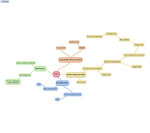- Thread starter
- #421
Alecras234
Senior Airman
- 346
- Sep 6, 2018
So do these sound ok?
Eastern Front - 1,000 miles of trenches
50 miles between western and Eastern trenches
Eastern Front - 1,000 miles of trenches
50 miles between western and Eastern trenches

